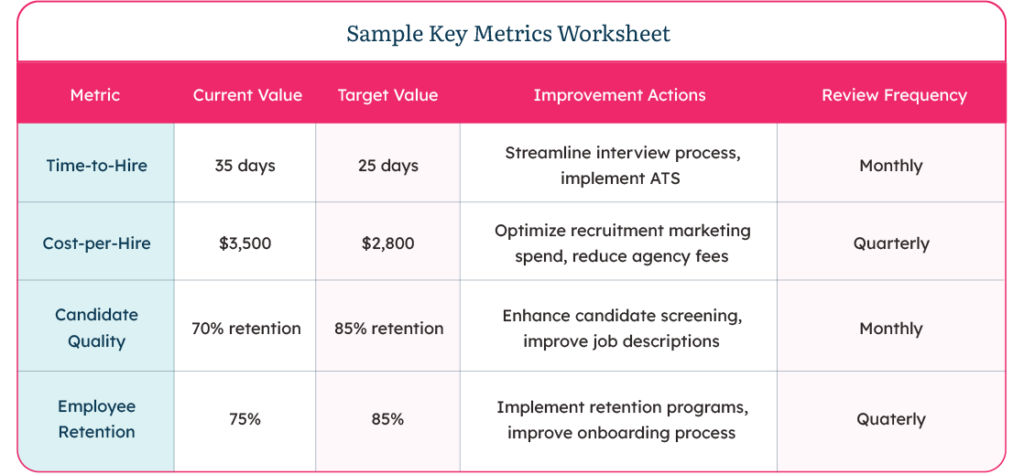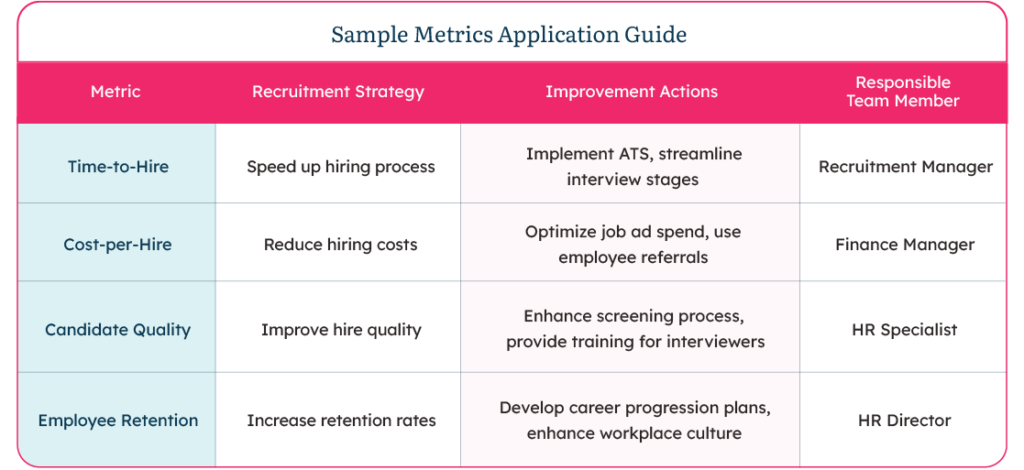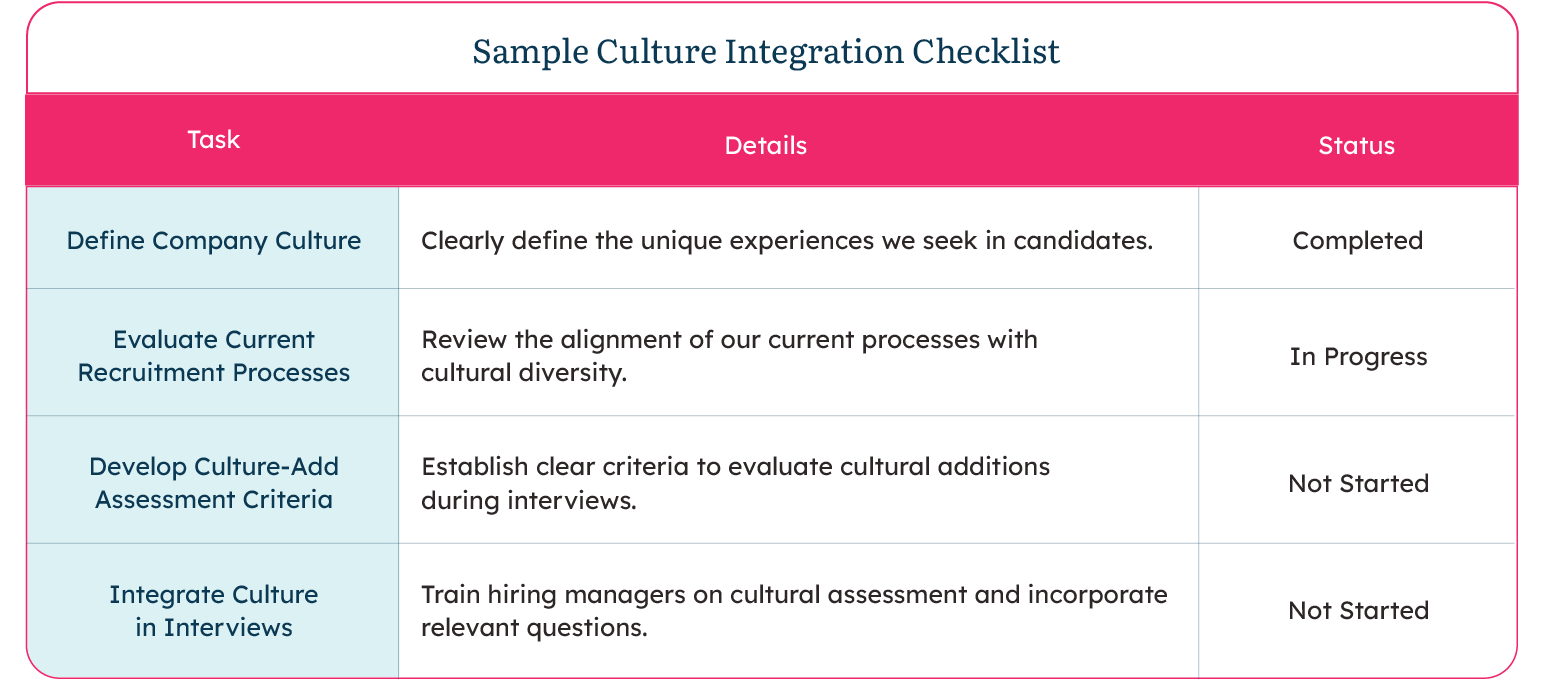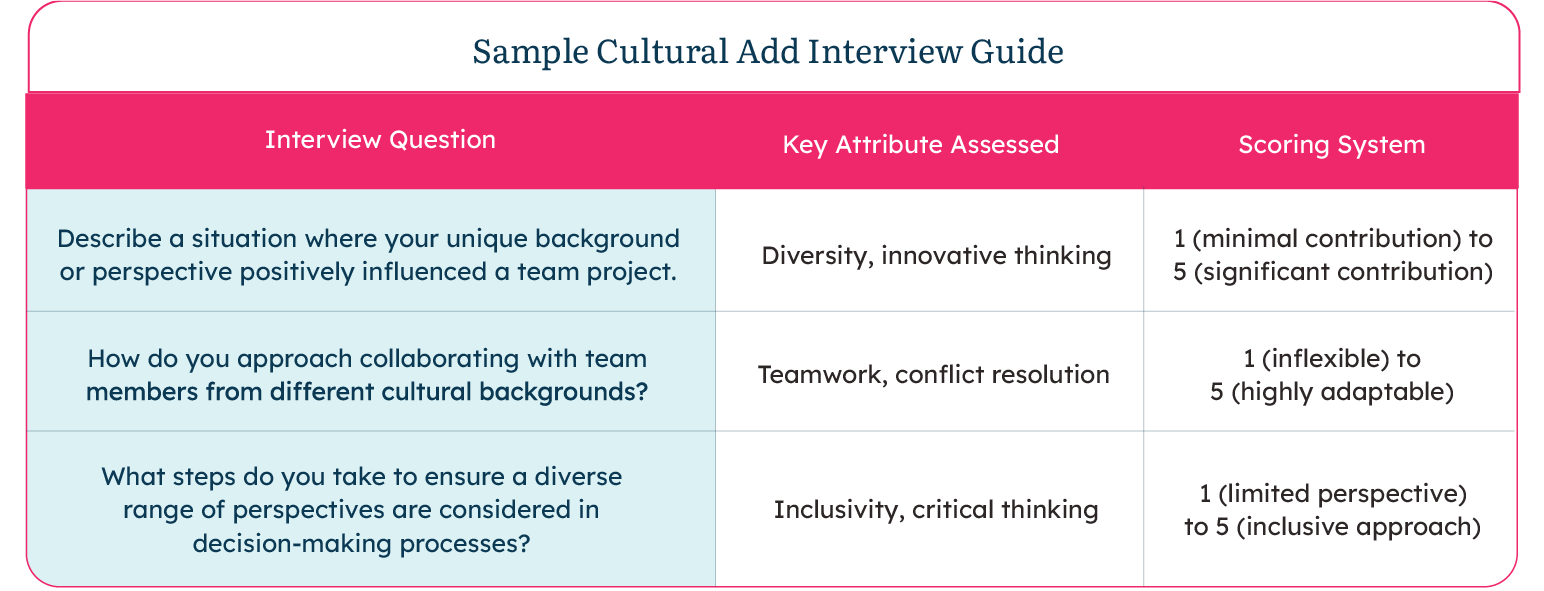If you’re looking to take your recruitment strategies from good to great, you’re in the right place. At R2R Strategic Recruiting, we’ve been refining a toolkit that does more than just fill positions—it ensures each hire contributes to sustainable growth. We are excited to announce that our comprehensive guide, Strategies for Scalable and Sustainable Team Expansion, is now available! This guide is packed with insights and tools and outlines how to ramp up your recruitment game and build teams that aren’t just bigger but better and more sustainable. Keep reading to get a sneak peek.
Metrics that Matter
Metrics are the backbone of any successful recruitment strategy, providing the data needed to make informed decisions and drive continuous improvement. Understanding and leveraging key metrics is essential for scalability. These metrics not only help in assessing the current state of recruitment efforts but also guide strategic planning and optimization.
The primary metrics that matter in scalable recruitment include:
- Time-to-Hire: This metric measures the number of days it takes from posting a job opening to making a hire. A shorter time-to-hire indicates an efficient recruitment process, which is crucial for scalability. By analyzing this metric, R2R can identify bottlenecks in the hiring process and implement strategies to streamline operations.
- Cost-per-Hire: This metric calculates the total cost of hiring a new employee, including advertising, agency fees, and internal recruitment costs. Understanding cost-per-hire helps R2R optimize budget allocation and reduce unnecessary expenses, making the recruitment process more sustainable as it scales.
- Candidate Quality: Often measured by new hires’ performance and retention rates, this metric assesses the effectiveness of the recruitment process in attracting top talent. High-quality candidates are more likely to succeed and stay with the company, which is vital for long-term scalability.
- Employee Retention: This metric tracks the percentage of employees who remain with the company over a specified period. High retention rates are indicative of successful recruitment and onboarding processes, as well as a positive work environment. By focusing on retention, R2R ensures that the investment in new hires yields long-term benefits.
Create a Key Metrics Worksheet
- List current recruitment metrics being tracked. List the metrics we are currently tracking (e.g., time-to-hire, cost-per-hire, candidate quality).
- Identify additional metrics needed for better insights. Identify metrics that could provide better insights (e.g., source of hire, candidate satisfaction).
- Set targets for each metric
- What are our target values for each metric?
- How will we achieve these targets?
- Plan for regular metric review and evaluation
- How often will we review these metrics?
- Who will be responsible for reviewing and reporting on them?

Applying Metrics to Strategy
By integrating these metrics into strategic planning, R2R can refine its recruitment strategies to improve performance. For instance, analyzing time-to-hire can highlight bottlenecks in the process, while tracking candidate quality ensures the focus remains on attracting top talent.
Paycor reports that 70% of change programs fail due to a lack of employee engagement and support.
DIY Metrics Application Guide
- Match each metric with corresponding recruitment strategies.
- How does each metric align with our recruitment strategies?
- What actions will we take to improve weak metrics?
- Create an action plan for improving weak metrics.
- Identify specific actions to take based on metric analysis.
- Set deadlines and assign responsibilities for each action.
- Schedule regular metric reviews and strategy adjustments.
- Schedule regular reviews of recruitment metrics.
- Adjust strategies based on metric performance.

Evaluating Metrics Over Time
Continuous monitoring of these metrics is crucial for sustained growth. Regular evaluations allow R2R to identify trends, measure the impact of changes, and make data-driven decisions to optimize recruitment strategies further.
- Example: R2R reduced a national dairy production company’s time to hire by 77.36% by adjusting strategies based on regular metric reviews.
- Idea: Conduct quarterly reviews of recruitment metrics to ensure continuous improvement.
Thanks for taking a glimpse at what our guide, Strategies for Scalable and Sustainable Team Expansion, has to offer. Packed with comprehensive insights and actionable advice, it’s ready to help you refine your recruitment strategies. Grab your copy today and begin integrating these metrics into your current processes for more impactful recruitment outcomes.
Ready to elevate your team? Partner with us at R2R Strategic Recruiting, and let’s navigate the path of scalable and sustainable team expansion together. Let’s get started.




